Green, Green on the Far Side of the Hill
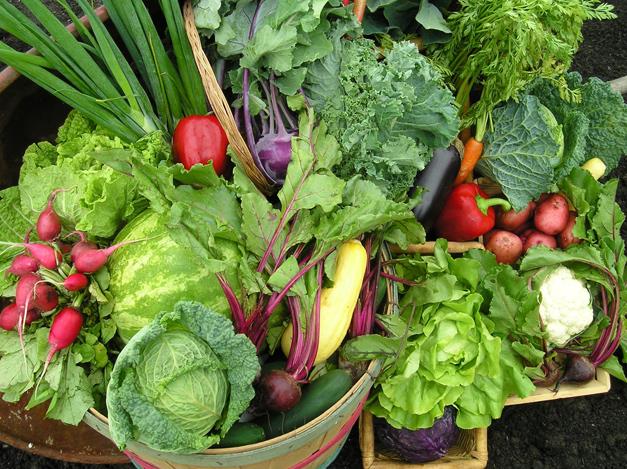
No, this isn’t a blog about The New Christy Minstrels, that very popular folk-singing group of the sixties and their hit song “Green Green.” It just seemed like a nice title for my subject this week.
I had a hard time getting off high center to write this blog. I thought, “Organic farming in Jordan isn’t fireworks-going-off exciting. Who will be interested in this subject? I’m not all that fascinated myself.”
That was before I began my research.
As it progressed, I was drawn into the wonderful green world of organic farming and permaculture in the Kingdom of Jordan. I hope by the end of this blog post, you will have become much more captivated by the subject, especially because it is a way not only to provide better quality food, but to preserve and enhance the soil. It is also helping to bring the Jordanian people out of poverty and unemployment.
Jordan is mostly desert. You have heard me say it is the fourth most water-deprived country in the world. And yet, Jordanian farmers produce the most luscious fruits and vegetables I have ever eaten. Because I am mostly vegetarian, I am greatly anticipating the abundance of produce available in the markets.
His Majesty King Abdullah II may be the most forward-looking of all the leaders of Muslim countries in the Middle East. He is always seeking ways to better his small kingdom and the lives of its citizens. One-third of his people are non-Jordanian and a large number are immigrants fleeing for their survival. But he sees them all as those whose lives he should improve.
He declared 2009 the “Year of Agriculture” in Jordan and Queen Rania took the responsibility to improve not only the export of food, but the lives of the farmers growing it. She launched the National Program for Organic Farming (NPOF) in a meeting with many government ministers, political leaders, and 300 local farmers.
The goals:
- to improve farmers’ livelihoods by selling quality products at competitive prices
- to give consumers a healthy lifestyle choice[1]
Admitting it will require a shift in current agricultural practices, Queen Rania said, “… but I have every confidence that it will happen, and Jordan will take its place in the global organic movement.”[2]
More than 80% of current agricultural land in Jordan “can be transformed to organic production in line with European and American standards.” Institute of Marketecology
Typically, organic farming avoids or excludes altogether the use of synthetic fertilizers, pesticides and other additives. It also significantly increases farmers’ income over conventional farming.[3]
The Institute of Marketecology (IMO) program hosts three-year workshops to train farmers how to switch over to growing organically and market their products. Upon completion of the study, growers can receive certification. They plan to train more than 400 farmers and target 50 farms throughout the country.[4]
IMO’s recent study shows more than 80% of current agricultural land in Jordan “can be transformed to organic production in line with European and American standards.”[5]
Currently in Jordan, there are many farms growing organic produce and some are practicing permaculture as well.
What is permaculture? This term combines the words permanent and culture, or permanent and agriculture, and that is the first hint to what it’s all about.
The philosophy behind permaculture was developed about thirty years ago in Australia by Bill Mollison and David Holmgren. It uses the way nature works. Nature doesn’t weed or water. It is a system of planting that can work in a home garden all the way up to a village.
Go to this website https://www.tropicalpermaculture.com/what-is-permaculture.html or check out any number of videos on the subject.
Here’s one https://www.youtube.com/watch?v=0mwRAf3z9ag
Although this blog post is mostly about organic farming, permaculture always produces an organic product. There is at least one permaculture project in Jordan that was started about twelve years ago, which I will talk about later.
Here is a TED talk addressing greening the world’s deserts. https://www.youtube.com/watch?v=vpTHi7O66pI
When the Turks ruled most of the Middle East, they imposed a tax on trees. To avoid the tax, people simply cut down all the trees, not considering the cost later generations would pay.
Centuries ago, Jordan used to be almost verdant. Today, it is almost all desert. Planting trees, however, seems to have increased rainfall in the areas where they are growing.
The Greening the Desert Project in Jordan started in 2008 by the Australian permaculture expert Geoff Lawton.
Here is a picture of when they began,
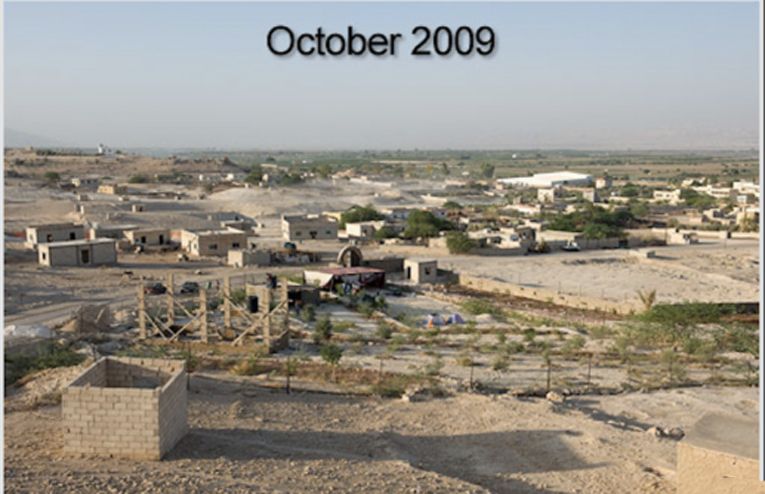
and here it is ten years later.
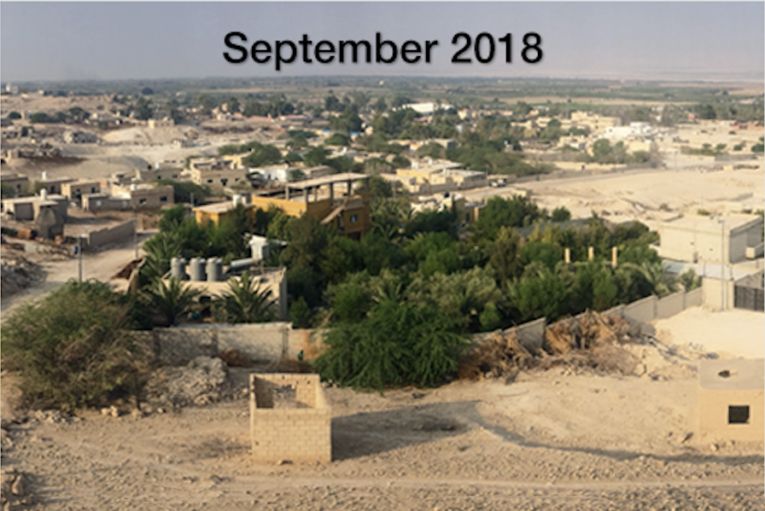
Here is how they describe this worthwhile project on their website:
“Things started at the top, literally, with a large water tank that feeds a shower/toilet block just downhill. The toilets are dry composting, supplying fertilizer for plants on site, and the gray water from the showers and sinks goes to a nearby reed bed. The reed bed, still high in the landscape, is then able to send gravity-fed irrigation to many trees throughout the site. It’s all used onsite for beneficial biological cleaning.
The food forest with stone walls and earth-backed swales moves through the landscape to rabbit and chicken houses, which combine manures in a system that creates a cubic meter of compost every five weeks. That goes to the main crop garden, a shade-covered kitchen garden.
The surplus fertilizer (compost) goes to food forest trees and the nursery. The runoff from the nursery goes through to the kitchen garden.
The accommodation building has an office, a classroom, and eight bedrooms. It’s two stories high and made with earth brick and straw bale. The roof has a beautiful garden made up of wicking beds.”[6]
Now that Greening the Desert is expanding out through the schools, villages, and towns, the hope is that the project will be replicated in locations throughout Jordan and the region.
Here is video showing what happened in the ten years between when the two photos were taken: https://www.youtube.com/watch?v=W69kRsC_CgQ=PL321kfqP1fZnWTPPpqZUN9ntP2-rjIP39&index=16
I read a poignant story of a Palestinian woman who grew up in the largest refugee camp in Jordan—Baqaa. Wanting to better herself, Abu ElHajj did what it took to become a teacher. But she did not like the crowded sameness of the houses where she lived and the traffic and pollution. She saved until she had enough to buy a miniscule, postage-stamp-size plot of land—656 square yards in the Dead Sea Valley.
To the east are arid cliffs. All around is a harsh desert landscape. Hardly the place one would expect to see olive, lemon, and palm trees providing shade over her garden of carrots, tomatoes, beans, and herbs.
Her tiny homestead is next to Geoff Lawton’s permaculture plot mentioned above. “Geoff taught us how to work with nature, not against it,” she said with pride. “In a few years, I will have more fruit trees and everything will be greener and more stable. [7]
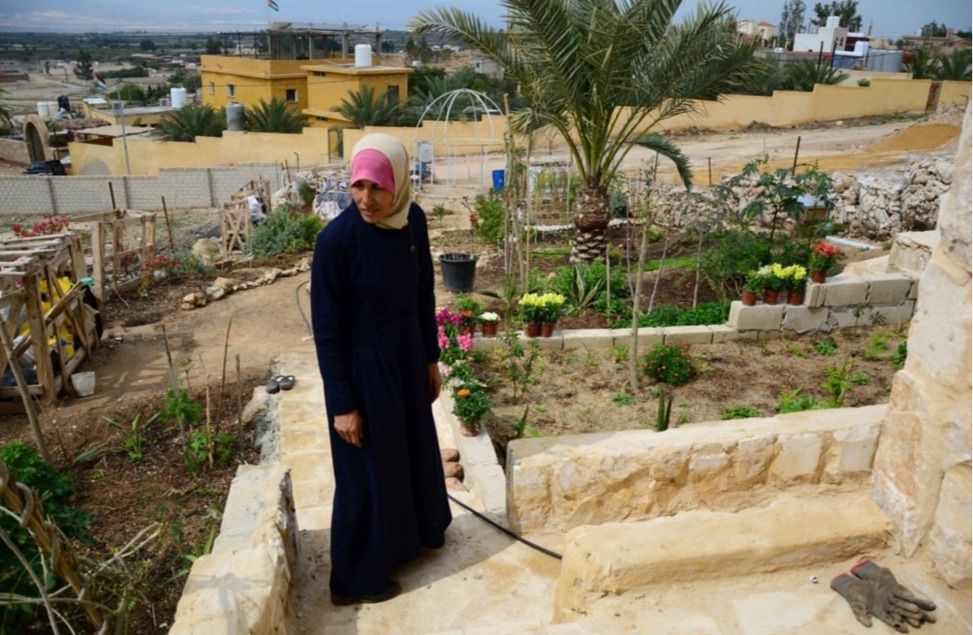
Three-fourths of Jordan is desert. It is the fourth most water-scarce country in the world. In the book of Exodus we see three tribes from Israel—Manasseh, Gad, and Reuben—request what is today Jordan as their inheritance because, “… the country … is a land for cattle, and thy servants have cattle. Wherefore,” said they, “if we have found grace in thy sight, let this land be given unto thy servants for a possession …” (King James Version) Numbers 32:4-5
Through the millennia, overgrazing and inappropriate cultivation practices have contributed to increasing desertification across the region.[8]
A 2017 Stanford University study predicted that without better land use and improved water-sharing agreements, by the end of the twenty-first century, rainfall in Jordan will decrease 30 percent, temperatures will increase by six degrees Celsius, and the number and duration of droughts will double.
International and Jordanian volunteers are running project Greening the Camps in an effort to spread rooftop gardens across refugee camps in Jordan.
“Refugees can have a chance to grow their own food and be in closer contact with nature,” says the co-founder Machiel Van Nieuwenhove, a 27-year-old architect and designer from Belgium. The gardens aim at improving food security and living conditions in Jordan’s overcrowded refugee camps.[9]
Greening the Camps’ pilot project was established on the rooftop of Jadal, a social-cultural community center in Amman. It has two greenhouses built with recycled materials and organic compost installations.
The aim of the gardens is not only to care for the environment but also to look after the community.[10]
JEFTLEK FARM
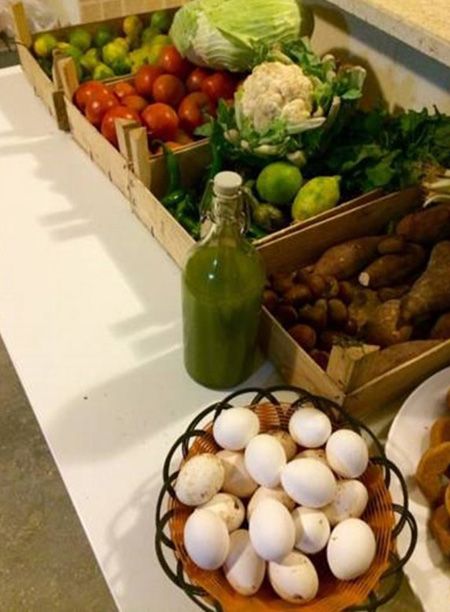
Some organic farms practice permaculture, and some do not. Jeftlek Farm is one which does.
It is an organic olive farm about 28 miles north of Amman in the Jerash Mountains in the area where there are several organic farms—a more temperate part of the country.
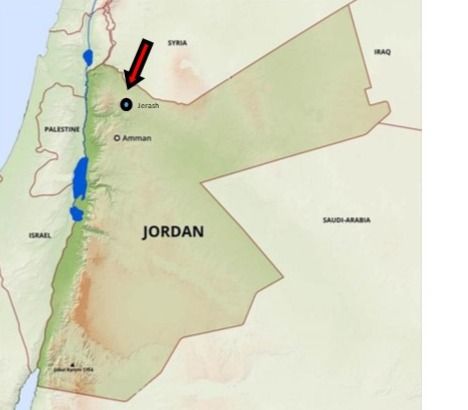
It has citrus and fruit trees and grows seasonal vegetables. Free-range sheep, geese, ducks, and chicken are also a part of the landscape.
During the two main seasons—March until mid-June and September through mid-December—this farm hosts six-to-eight volunteer workers who are lodged two-to-three persons per room. Their meals include free organic food.
The first season—“Enjoy the Farm Spring”— includes preparing the land for spring and summer planting, watering, weeding, field crops harvesting, shepherding, and taking care of newly born sheep and chickens.
The second season—“The Joy of Olive Harvesting”— gives volunteers experience in olive picking, tree pruning, plant irrigation, animal care, cooking, and housekeeping.
Work is usually five hours a day, five days a week. There is plenty of free time for visiting area sites such as Dibeen forest reserve, Jerash archaeological sites and mountains.
The minimum stay is three weeks, preferably longer. Their website adds the following amenities:
- English and Arabic spoken
- It is a great experience to exchange cultural knowledge, practice language and learn with joy.
- Limited internet access
- We have pets
- We are smokers
To see photos of housing accommodations visit:
Dibeen Farmhouse: https://www.facebook.com/DibeenFarmHouse/
MUJEB ORGANIC FARM
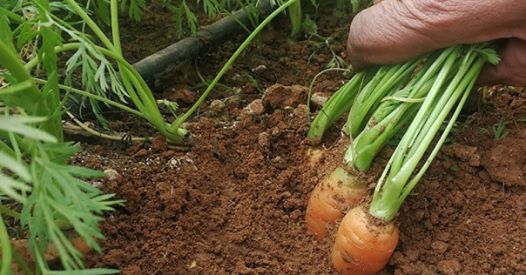
Mujeb Organic Farm, in business since 2010, operates five separate farms. According to their website:
“All our goods are produced from our farms, to insure that all products carrying our name are grown according to our philosophy and code. Currently Mujeb Organic Farm operates five different farms to insure continuity throughout the year, harnessing the micro climates in Jordan to produce a variety of fresh seasonal goods, all year round.”[11]
Here are their five different farms and what they specialize in:
TUNEIB – This is the main farm. Artichokes, asparagus, blackberries, raspberries, strawberries.
GHOR – Tomatoes, cucumbers, eggplants in winter
FUHEIS – Purely rain-fed fruits such as grapes, peaches, plums
DAFYANEH – The main fruit farm, it produces pomegranates, grapes and stone fruits
MAJDAL – Olives and “amazing” grapes
They say, “We are always on the hunt for varieties that are full of flavor. Some of our favorite crops include beetroot, local peas, sweet corn and watermelon.”
Can you say YUM?
Yanboot
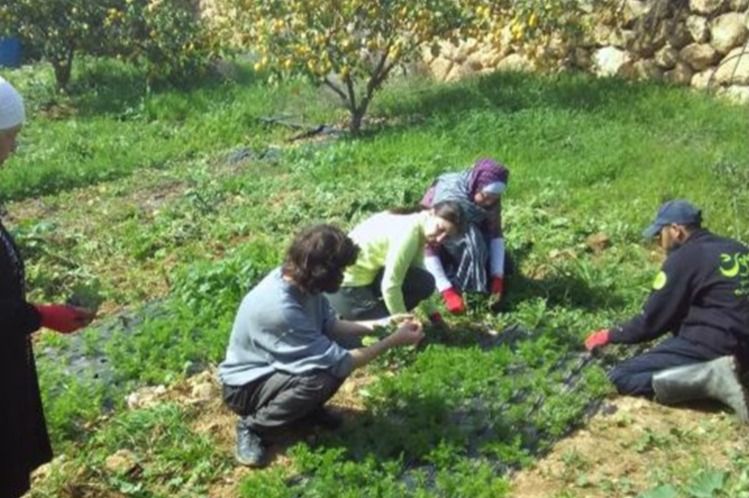
Yanboot hosts year-round organic markets in Amman as well as home deliveries. According to their website:
“The roots of Yanboot are grounded in over 40 years of food production industry and farming experience of the late Prof. Humeid. In 2014, he established eleven-acre Humeid organic farm with the aim of bringing healthy, local food to the people of Jordan and the wider region.
The fields are “organized in an efficient terracing system and incorporate five greenhouses which integrate a modern sub-irrigation system, crop rotation, and companion planting methods to preserve the soil. Natural compost fertilizes the fields and pests are kept at bay using natural and biological techniques.”
“Yanboot manages and cooperates with our network of small, medium and large farms located in Jerash, Zarqa, Ajloun and the Jordan Valley.”
Besides fresh produce, they also make natural jams, savory makdous, seasonal pickles or flavorful olive oil and zaatar![12]
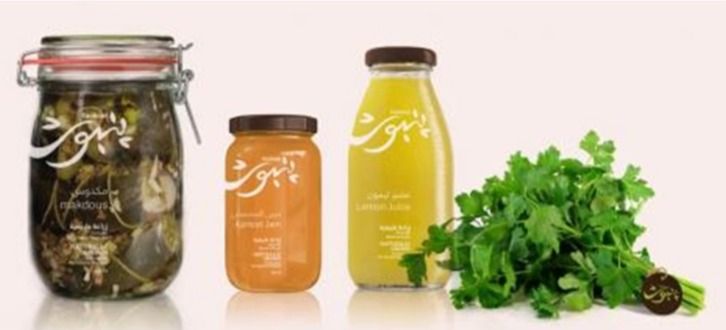
Their products can be purchased at local markets or delivered directly to your home or business.
On weekends Yanboot does organic brunches where folks can try out organic dishes, salads, and desserts.
Sounds like a great way to spend a Sunday if you are in the Amman area.
Website: yanboot.com
More info: myammanlife.com/2017/09/30/brunch-in-amman-yanboot-organic-farms/
Shams Farmers Market
Forty-five miles northwest of Amman, and a short journey from Jerash, through a beautiful pine-forest and olive groves, you come to the town of Ajloun, where Emperor Hadrian stayed over the winter of 129-30 AD and built himself an arch outside the town, leaving its sides open for future city walls to come out to meet it.[13]
There is a theory that the town’s name is connected with the Moabite King Eglon mentioned in the Bible, though the precise derivation is obscure.[14]
Al-Kifah (Arabic for struggle) Society started in 2004 as the dream of a few local women to carry out sustainable micro, small and medium projects to combat poverty and reduce unemployment—especially among women. Its members now number 53.[15]
The Society has two objectives:
1. Execute sustainable micro, small, and medium size projects in areas that match members’ academic and practical qualifications to create new job opportunities. The society’s focus is currently on agricultural projects.
2. Enhance the role of women as productive and integral parts of Ajloun society to cause a positive change of attitudes towards women in the workplace.
Al Kifah Cooperative Society operates Jordan’s first organic market “Souq Al Shams Farmers’ Market” at Wild Jordan Center in Amman.
Al Shams (which is the Arabic word meaning sun) offers weekly fresh organic produce directly from organic farms in Ajloun.
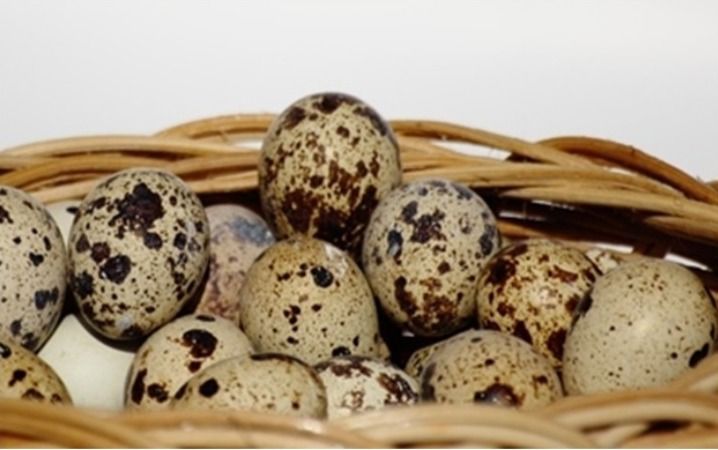
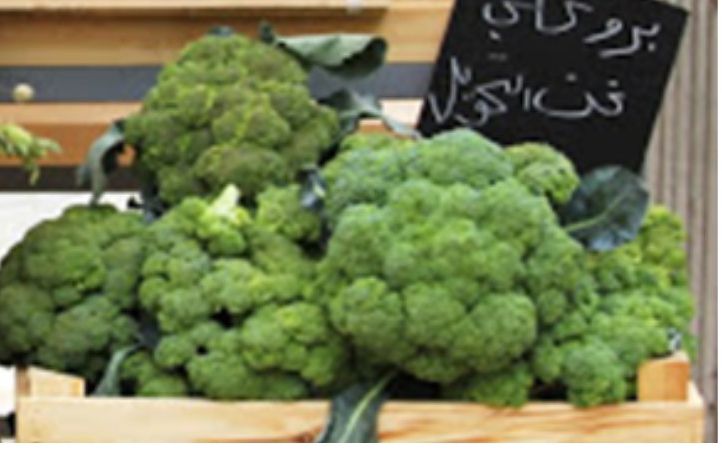
OCCJO
The Organic Co-operative Company – Jordan (OCCJO), A Jordanian co-operative of organic date growers, was founded by a small group of farmers in 1973 to bring together leading organic producers of premium quality Medjool dates.
OCCJO is owned and run by its members to assure that the supply chain from date garden to table is as short as possible. The growers produce the highest quality organic fruit and sell them at affordable prices.
The Co-operative is a model of successful and sustainable organic agriculture in Jordan, with every member committed to preserving the land for future generations, and to providing consumers with a completely natural, healthy and organic fruit at a fair price.
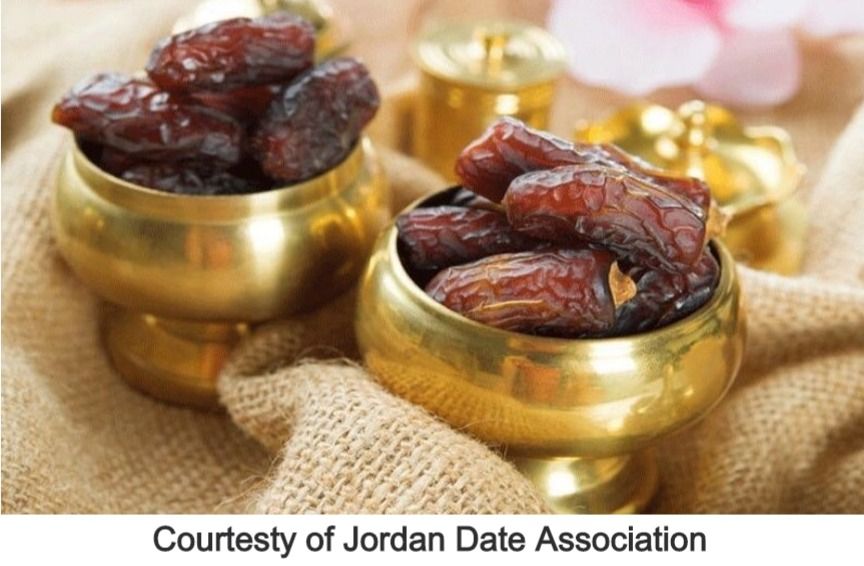
OCCJO conducts a number of activities to support its members’ operations.
- Training
- Quality control
- Administrative
- Sales
- Marketing
- Export activities
If you have ever eaten a Medjool date, you are missing God’s Snicker bar. Known as the “King of Dates,” this fruit is so rich, it was originally grown in Morocco exclusively for royalty.[16]
When you bite into the soft, caramelly, succulent, velvety-textured fruit of kings, it’s hard to realize you are doing something good for your body. Unlike the unhealthy candy bar I mentioned above, dates provide a lot of energy and healthful nutrients:
Fiber
Protein
Calcium
Iron
Potassium
Copper
Vitamin B6
Magnesium
Natural sugar
Antioxidants
Helps lower cholesterol
They are about 67 calories apiece because of the sugar, but at least it has a low glycemic index.
Excuse me—I’ve got to run to the refrigerator to grab one of these little jewels. I’ve made myself hungry. I buy them for my and Al’s green smoothies each morning.
Wadi Rum
And last, we come to a surprise—organic farming in the deserts of Wadi Rum.
If you know about Wadi Rum at all, you know it has been the setting for many movies about Mars, the moon, or alien landscapes. Located in southern Jordan near the border with Saudi Arabia, it is the poster child for wilderness and desert. Al and I are of the opinion that Israel passed through here on their way to Canaan. Various shades of browns, tans, grays are everywhere. But not much green, except:
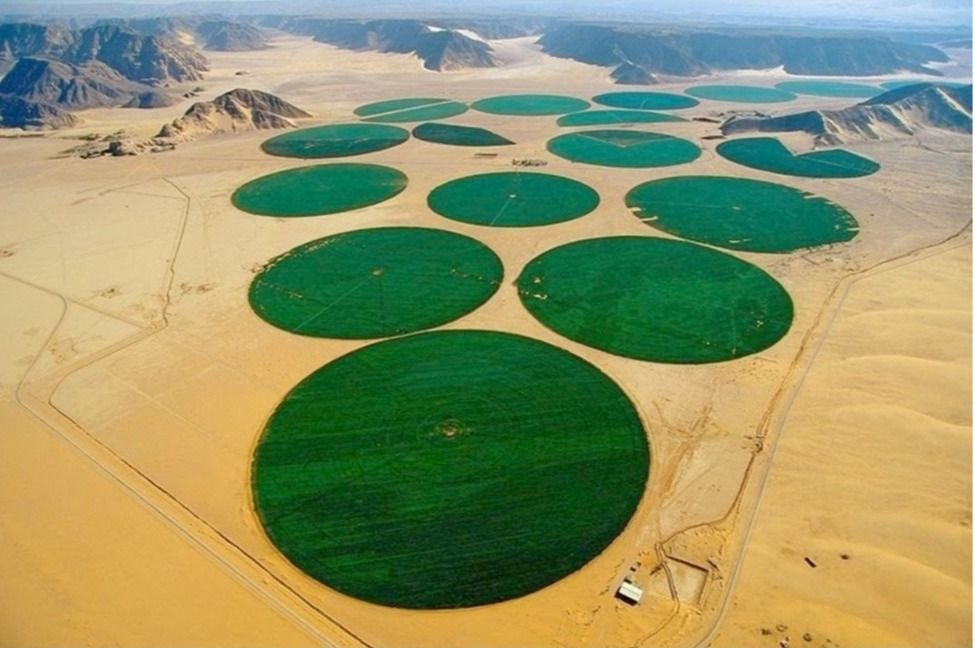
Beneath all of this barren dirt rests a large water supply which most of the nation depends upon. Approximately 30 – 400 yards beneath the surface, a subterranean aquifer exists.[17] This water is drawn up into the irrigation system and is distributed to 193 acres of circular crop fields using pivoting water nozzles.
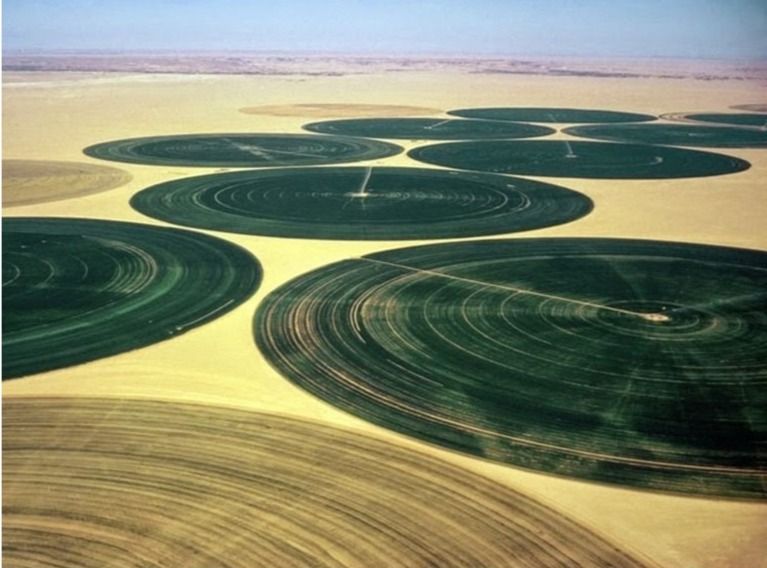
Rum Farm was established in 1986, but it took a while to work out the kinks of farming in a place where excessive heat, drought, and high winds are commonplace. The first year’s crop yielded a great big zero. So the team went back to square one.
Traditional farming depends on worker know-how, water, fertilizer, and sun. But the desert needs more. It must have support species, such as succulent ground coverings and legume trees. If the right kind of trees are planted, they provide shade to temper the heat, block the wind, and prevent the sandy soil from shifting. They also reduce evaporation so the ground remains moist.[18] In ancient times, it is thought Egyptians and Nabatean farmers used the same methods.
I have shown photos of produce markets in Aqaba heaped with fresh fruits and vegetables. Since the city is only 45 miles from Wadi Rum, I’m sure some of its produce comes from there. Here are a couple of photos we took:
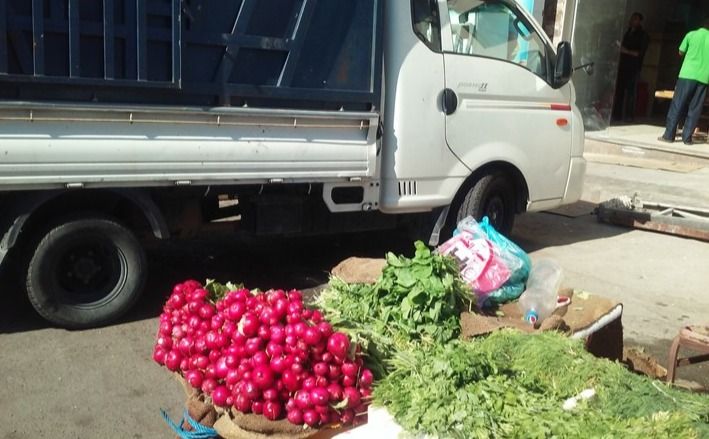
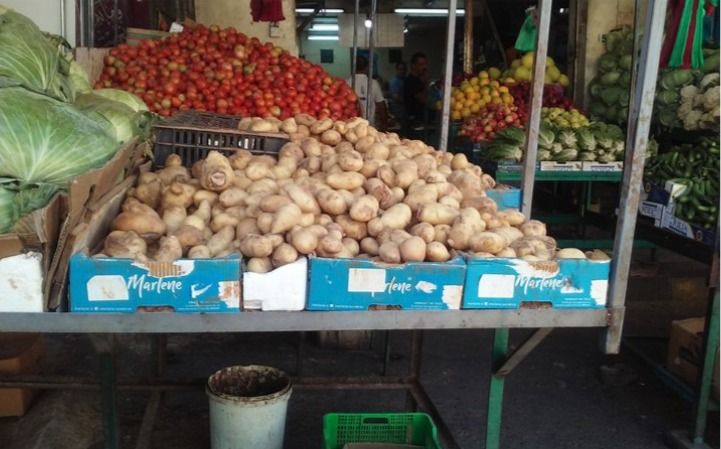
Today, potatoes, squash, tomatoes, pomegranates, and an assortment of other vegetables are grown at Rum Farm. A majority of Jordan’s food source originates from here.[19]
As usual, this is not an all-encompassing report. I had to leave some farms out for lack of room. I am already 1,200 words over my normal limit. Maybe since some of you readers are still under house arrest—I mean quarantine (don’t get me started)—you’ll have more time to read.
The fresh produce markets were eye candy for me, and I am greatly anticipating the abundance of fruits and vegetables when we make the move.
Until next time,
I am maskless Anita
I am trying desperately to get back on schedule. Not only would Wix or my Internet provider not cooperate and allow me to post for six weeks, my eight-year-old computer (that’s 105 in human years) was on its last hobbly leg. I think it may have caught a virus.
So, I bought a brand new model—bigger screen, more horses under the hood, white flowing robes. I’ve named her Gwiniveer. She’s fast.

[1] https://www.queenrania.jo/en/media/articles/we-are-right-track-embedding-and-expanding-organic-farming-throughout-jordan-queen-ra Accessed 03/21/2020
[2] Ibid.
[3] Ibid.
[4] Ibid.
[5] Ibid.
[6] https://www.permaculturenews.org/2018/09/26/celebrating-10-years-at-the-greening-the-desert-project-jordan/ Accessed 5/8/2020
[7] https://www.middleeasteye.net/discover/desert-green-jordanians-frontline-climate-change-turn-permaculture Accessed 05/17/2020
[8] Ibid.
[9] Ibid.
[10]https://www.middleeasteye.net/discover/desert-green-jordanians-frontline-climate-change-turn-permaculture Accessed 05/17/2020
[11] www.mujeborganic.com Accessed 03/23/2020
[12]www.yanboot.com Accessed 05/17/2020
[13] https://atlastours.net/jordan/ajloun/ Accessed 05/17/2020
[14] https://en.wikipedia.org/wiki/Ajloun Accessed 05/17/2020
[15] http://www.shamsfarmersmarket.com/ Accessed 03/23/2020
[16] http://occjo.com/ Accessed 03/23/2020
[17] http://earthporm.com/organic-farming-deserts-wadi-rum/
[18] Ibid.
[19] Ibid.
